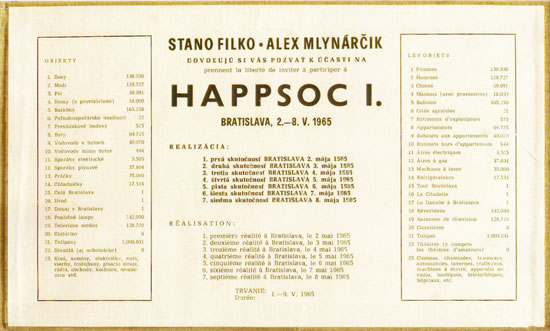Notes
1
I here remain very much indebted to Patricia Grzonka’s insightful and comprehensive introduction to Filko’s work and color-coding system. See Patricia Grzonka, Stano Filko (Prague: Arbor Vitae, 2005), 2–27.
2
See Boris Groys, The Total Art of Stalinism: Avant-Garde, Aesthetic Dictatorship, and Beyond, trans. Charles Rougle (Princeton, NJ: Princeton University Press, 1992).
“World as Medium: On the Work of Stano Filko” will appear in the retrospective publication on the work Stano Filko, ed. Vít Havránek, Boris Ondreička (Prague: tranzit.cz, Expected Publication Date: November 2012).
© 2011 e-flux and the author
